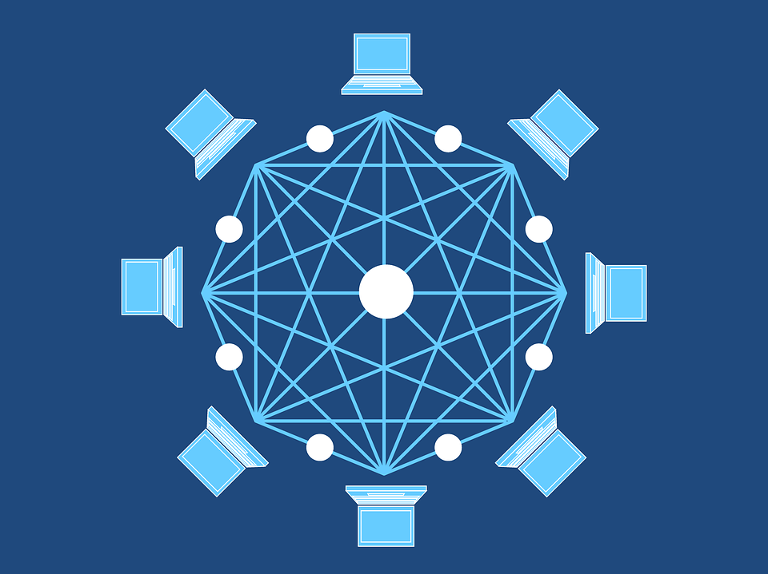Exploring ETH 2.0 (Part 1)
by , 2022-08-22 at 01:51 PM (773 Views)
ETH 2.0 – Exploring The Phases of ETH 2.0
Since Ethereum first went live in July 2015, developers have stayed the course to improve it consistently. And in comparison to other upgrades over the years, the upcoming phasing in of ETH 2.0 will introduce two significant improvements: Proof of Stake (PoS) and Shard Chains. The shift in the underlying consensus mechanism away from the existing Proof of Work architecture will improve scalability, accessibility, economic incentives, energy efficiency, and lower barriers to entry, amongst other things.
Consensus Mechanisms
A consensus mechanism is a process by which the blockchain network agrees on one single version of the truth. Unlike in centralized systems, where those in power can twist the truth for a variety of reasons like political alliances, greed, power grabs, cover-ups, or even blackmail, and multiple versions of the truth can be told to gain an advantage.
For example, let’s say an earnings report is due to come out from a large corporation. And it just so happens, the CEO wants the CFO to “pad the numbers” so that investors will buy more stock. In this case, the “hippo” in the room, the CEO, might arm-twist the CFO to get him to lean on the Chief Accounting Officer, who is encouraged to modify the report from the accounting department to reflect the company’s earnings in a more positive light. A few powerful people like this in a centralized organization can team up to twist the truth.
You can regularly see different versions of the truth being bandied about in arenas like political show trials where terms such as, “his truth” or “her truth” further erode the public’s faith in the possibility of one version of objective truth. But, the beauty of math and protocol—not to mention the incentives built into blockchain consensus mechanisms—is that they rely on large numbers of autonomous nodes working hard to arrive at what the accurate record of data is. They do arrive at a consensus as to what the single version of the truth is, but for this to happen, these distributed network systems must abide by an identical cryptographic mechanism.
Proof of Work Consensus Mechanism (PoW)
The current version of Ethereum runs on a consensus mechanism known as Proof of Work (PoW) which depends on physical computing power (miners) and electricity (work). These are the two main ingredients in the PoW recipe for building blocks on the blockchain and determining the single version of the truth.
Proof of Work (PoW) is still the most popular consensus mechanism and is also used on other blockchains like Bitcoin and Litecoin. In PoW, miners maintain the network and compete to add blocks of transactions to the blockchain. To do so, they must solve complex mathematical problems. The first to solve it wins and their block is added to a chain of consecutive blocks that is constantly growing and being added to.
PoW miners get paid in what’s called block rewards, which are doled out to those who successfully mine a block into existence. But all this work requires up-front costs. Not only do miners have to invest in computer hardware to build their mining rigs, but they also have to cover the daily electricity costs that fuel the computational power needed to solve these complex math problems. So, a miner’s costs of hardware and daily energy expenditures are offset and hopefully exceeded by the block rewards they receive.
End of part 1












 Email Blog Entry
Email Blog Entry

